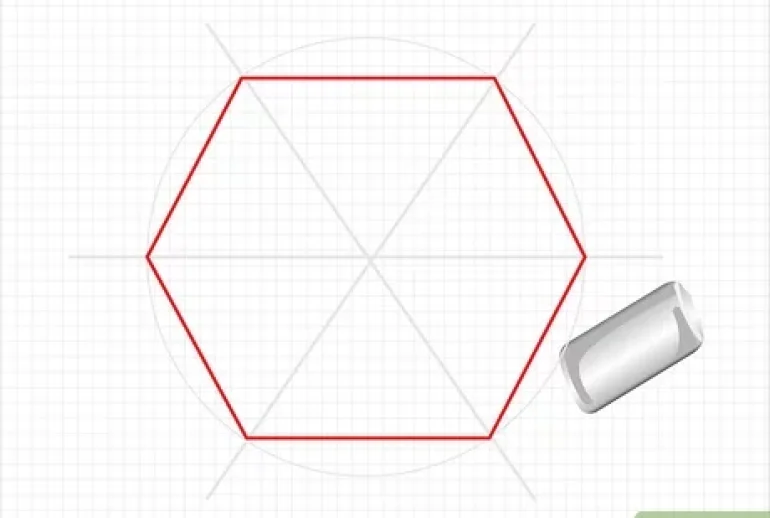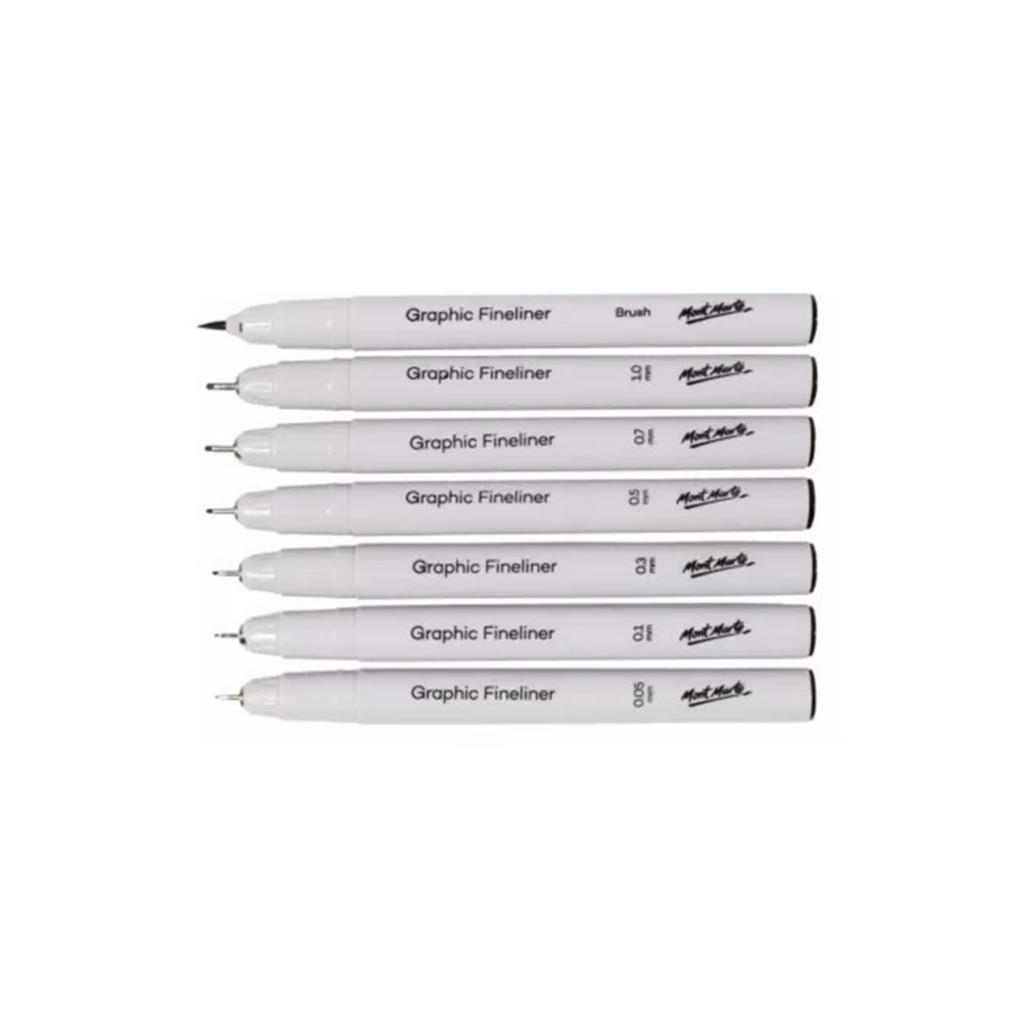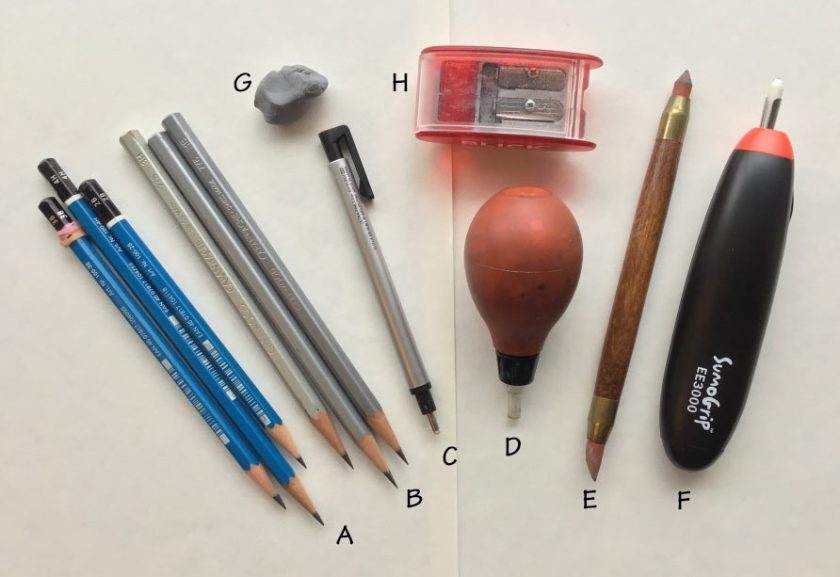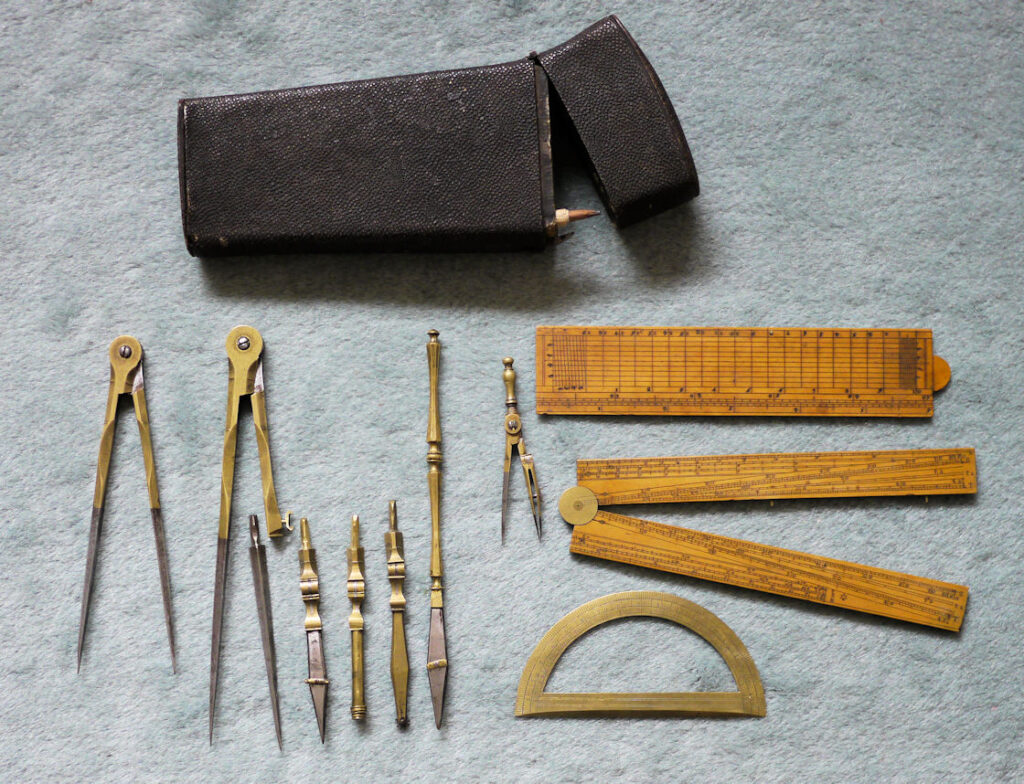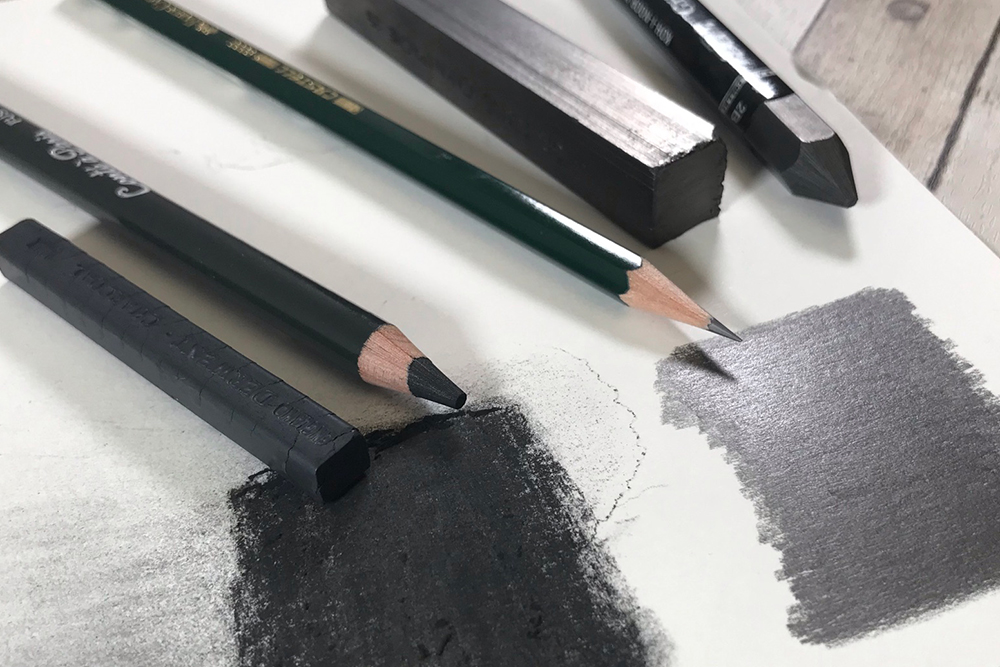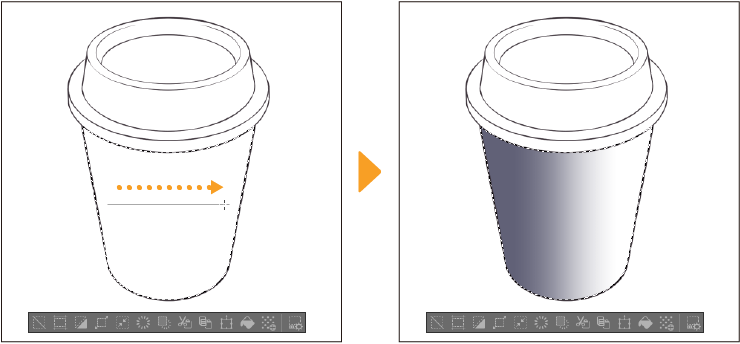Drawing a hexagon is easier than it seems. You can do it with a few simple steps.
Hexagons are six-sided shapes found in nature and design. Think of honeycombs or tiles. Learning to draw a hexagon can be fun and useful. It helps in art, math, and even in understanding nature better. Whether you’re a student, teacher, or hobbyist, knowing how to draw a hexagon can be handy.
In this guide, we will show you the steps to create a perfect hexagon. It’s a basic skill that can boost your drawing abilities. Ready to get started? Let’s dive into the process and make hexagon drawing easy and fun.

Credit: www.wikihow.com
Materials Needed
Drawing a hexagon is a fun and rewarding activity. To get started, you will need some basic materials. These items will help you achieve precise and neat results. Here are the essential tools and optional supplies for drawing a perfect hexagon.
Required Tools
First, you need a good quality pencil. A mechanical pencil works best for fine lines. You will also need a ruler. A ruler helps you draw straight lines and measure accurately. A protractor is another essential tool. It helps you measure angles correctly. Finally, have an eraser handy. Mistakes happen, and an eraser will help you fix them.
Optional Supplies
Colored pencils or markers can add a creative touch to your hexagon. They are not necessary but can make your drawing more vibrant. A compass is another optional tool. It makes drawing circles and arcs easier. A drawing board can provide a stable surface. It helps if you are working on a larger piece. Finally, consider using a sharpener. Keeping your pencil sharp ensures clean and precise lines.

Credit: letsdrawthat.com
Understanding Hexagon Basics
Understanding the basics of a hexagon is the first step to drawing one. Let’s break it down into simple parts. This will make the process easier and more enjoyable.
What Is A Hexagon?
A hexagon is a six-sided polygon. Each side is of equal length. The word hexagon comes from the Greek words “hex,” meaning six, and “gonia,” meaning angle.
Properties Of A Hexagon
A hexagon has some unique properties. It has six sides and six angles. The sum of all interior angles in a hexagon is 720 degrees. Each interior angle of a regular hexagon is 120 degrees. The sides and angles are equal in a regular hexagon.
Hexagons can be regular or irregular. A regular hexagon has all sides and angles equal. An irregular hexagon has sides and angles of different lengths. Understanding these properties helps in drawing a perfect hexagon.
Preparing Your Workspace
Before starting to draw a hexagon, it is essential to prepare your workspace. A well-organized and clean workspace can make your drawing process smoother and more enjoyable. Let’s break down the preparation into two main parts: choosing the right surface and organizing your tools.
Choosing The Right Surface
Choosing the right surface is crucial for a neat and accurate drawing. A flat, smooth surface ensures that your lines are straight and your hexagon is symmetrical. Here are some tips:
- Table or Desk: Use a sturdy table or desk. This prevents unwanted movements.
- Drawing Board: A drawing board can provide a stable and portable surface.
- Paper Quality: Choose thick, high-quality paper. It avoids tearing and smudging.
Organizing Your Tools
Having your tools organized can save you time and help you focus better. Here’s a list of essential tools for drawing a hexagon:
- Pencils: Use a sharp pencil for precise lines. Keep an extra pencil handy.
- Ruler: A ruler helps in drawing straight lines and measuring accurately.
- Compass: A compass is necessary for creating the hexagon’s circular guide.
- Eraser: Use a clean eraser to correct mistakes without leaving marks.
- Protractor: A protractor can help ensure your angles are accurate.
Arrange these tools within easy reach. This ensures a smooth workflow and avoids interruptions.
By preparing your workspace with the right surface and organized tools, you set yourself up for success. It helps make the drawing process more efficient and enjoyable.
Drawing The Initial Guidelines
Drawing a hexagon may seem tricky, but it’s quite easy with the right steps. The first step is to draw the initial guidelines. These guidelines will help ensure your hexagon is symmetrical and even. Let’s dive into the process of creating a circle and marking key points.
Creating A Circle
Start by drawing a circle. This circle will be the base for your hexagon. Use a compass for a perfect circle. If you don’t have a compass, use any round object to trace. The size of the circle will determine the size of your hexagon. Make sure the circle is not too small or too large. A medium-sized circle works best for beginners.
Marking Key Points
Once you have your circle, you need to mark key points. These points will guide you in drawing the hexagon’s sides. Begin by marking the top of the circle. This is point one. Next, find the bottom of the circle and mark it. This is point four.
Now, divide the circle into six equal parts. Use your compass or a ruler for accuracy. Mark these points around the circle. These marks will be points two, three, five, and six. Make sure the distance between each point is equal. This ensures your hexagon will be symmetrical.
With these key points marked, you are ready to connect the dots and form your hexagon. These guidelines make the process simple and straightforward.
Drawing The Hexagon
Learning to draw a hexagon can be a fun and rewarding experience. A hexagon is a six-sided polygon, and drawing one accurately requires a bit of practice. With some basic steps, you can create a perfect hexagon every time. Let’s break down the process into simple steps that anyone can follow.
Connecting The Dots
Start by drawing a circle. This will be your guide. Divide the circle into six equal parts. Use a protractor or compass for accuracy. Mark each point where you will connect the dots.
Next, draw straight lines between the marks. Make sure the lines are straight and meet at each point. You now have the outline of your hexagon.
Ensuring Symmetry
Symmetry is key to a perfect hexagon. Check each side to ensure they are equal. Use a ruler to measure the lengths. Each side should be the same.
If any side is off, adjust it slightly. Keep checking until all sides are even. This ensures your hexagon looks balanced and neat.
Refining The Hexagon
Refining the hexagon is the final step to perfecting your drawing. At this stage, you’ll make sure your hexagon looks clean and precise. This process involves straightening lines and erasing guidelines. These simple steps help your hexagon look sharp and professional.
Straightening Lines
First, take a ruler or a straightedge. Carefully go over each side of the hexagon. Make sure every line is straight. Your initial sketch may have slight bends. Correct these to ensure each side is perfectly straight. This step is crucial for a neat hexagon.
Erasing Guidelines
Next, use an eraser to remove the guidelines. These are the lines you drew to help shape the hexagon. Gently erase these without smudging the main lines. Your hexagon will look cleaner. This step removes any extra marks that distract from the final shape.
After erasing, double-check your hexagon. Ensure all lines are straight and clean. Your refined hexagon should now look precise and professional.
Adding Final Touches
Completing your hexagon drawing involves adding final touches. These touches can transform a simple hexagon into a piece of art. Focus on shading and detailing to make your hexagon look more realistic. Then review your work to ensure everything is perfect.
Shading And Detailing
Shading adds depth and dimension to your hexagon. Use light and dark tones to create contrast.
- Identify the light source direction.
- Shade the opposite sides slightly darker.
- Use a soft pencil or blending tool for smooth transitions.
Detailing makes your hexagon more interesting. Consider these techniques:
- Draw fine lines to add texture.
- Add small dots or patterns inside the hexagon.
- Highlight the edges for a sharper look.
Reviewing Your Work
Reviewing your work ensures that your hexagon drawing is accurate and polished. Follow these steps:
- Check the symmetry of the hexagon.
- Ensure all sides are equal in length.
- Look for any uneven shading or detailing.
Taking the time to review your work can make a big difference. Make necessary adjustments to perfect your drawing.

Credit: www.youtube.com
Frequently Asked Questions
How Do You Draw A Perfect Hexagon?
Start by drawing a circle. Use a compass. Mark six equal points. Connect the points.
What Tools Are Needed To Draw A Hexagon?
You need a ruler, a compass, and a pencil. These tools help you draw accurate lines.
Can You Draw A Hexagon Without A Compass?
Yes. Use a protractor. Draw six 60-degree angles. Connect the points to form a hexagon.
How Many Sides Does A Hexagon Have?
A hexagon has six sides. All sides are equal in length. This makes it a regular hexagon.
Conclusion
Drawing a hexagon is simple with the right steps. Follow the guide to practice regularly. Use a ruler and protractor for precision. With time, your hexagons will look perfect. Keep practicing and enjoy the process. Drawing skills improve with patience and effort.
Soon, you’ll draw hexagons effortlessly. Happy drawing!

